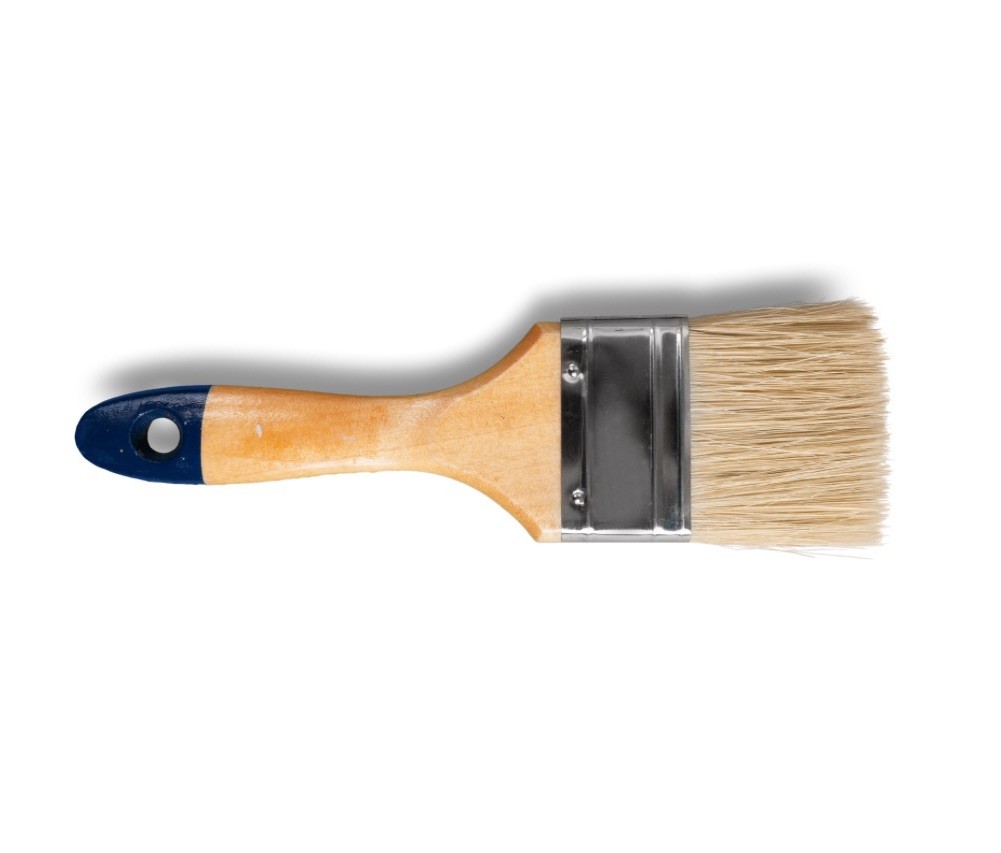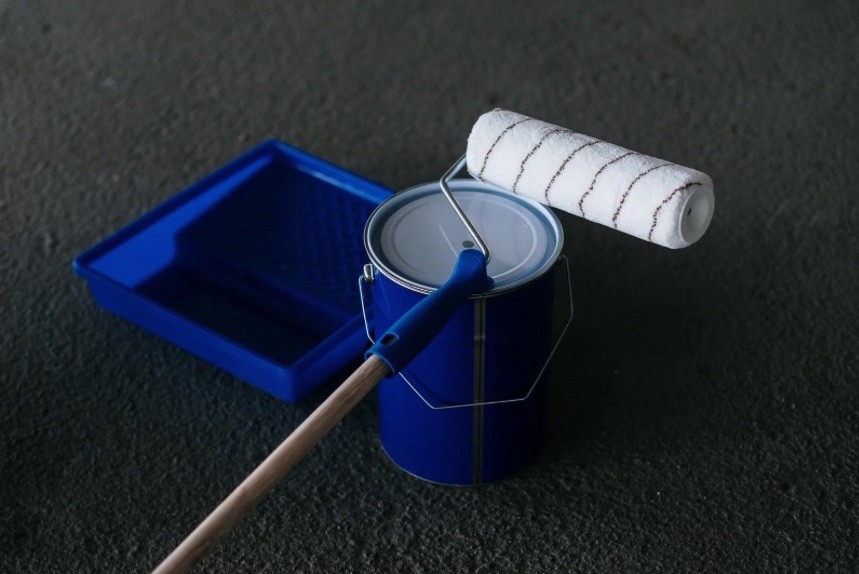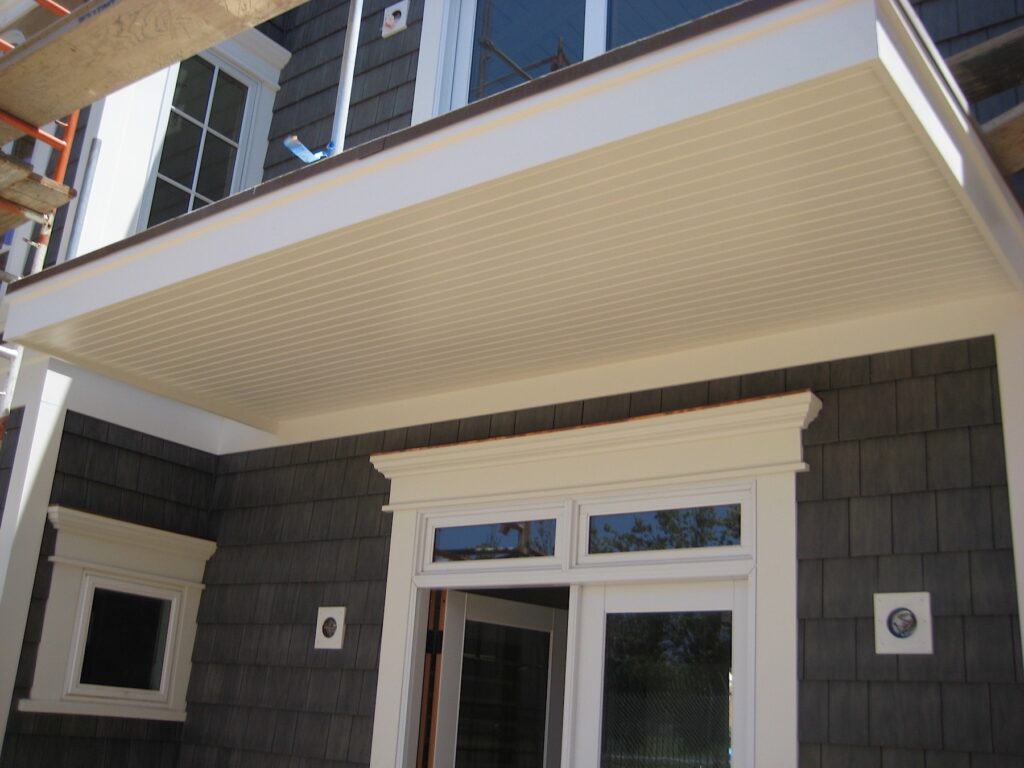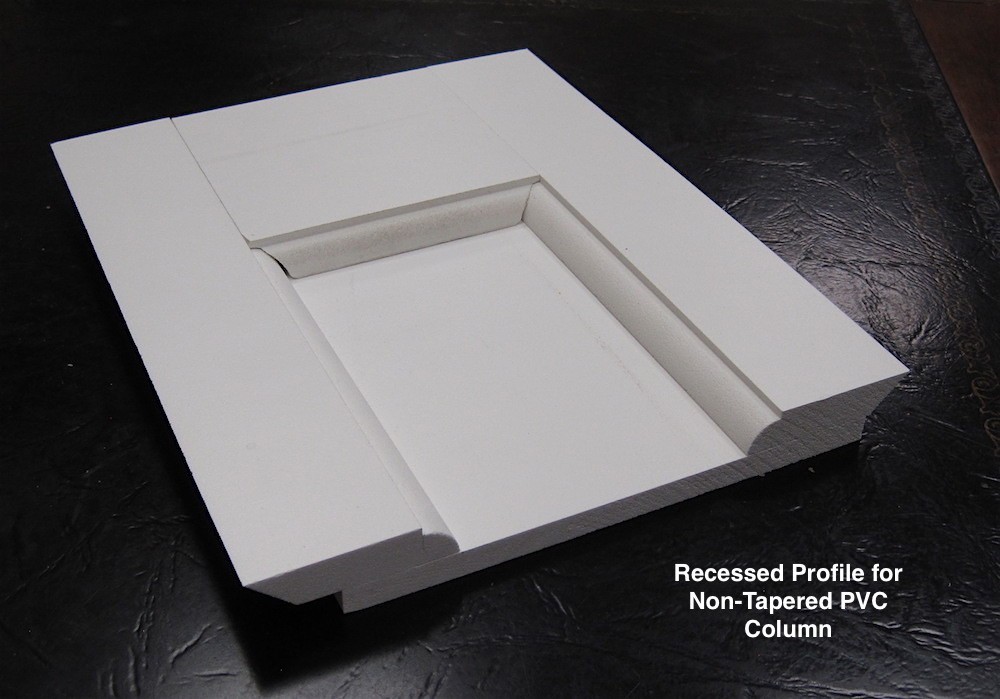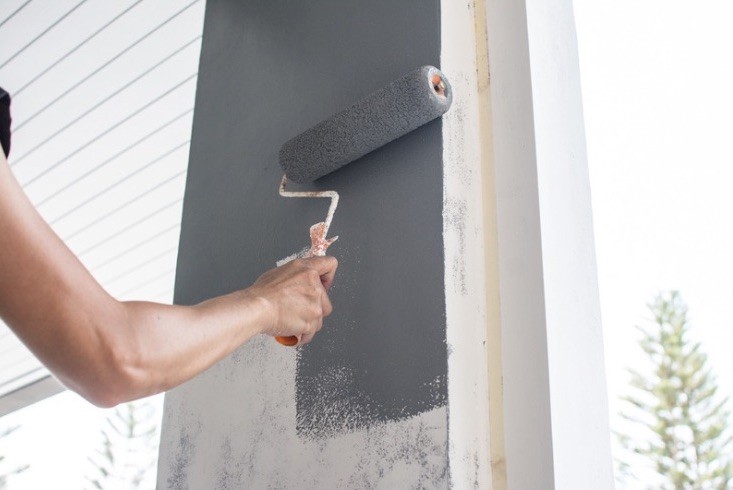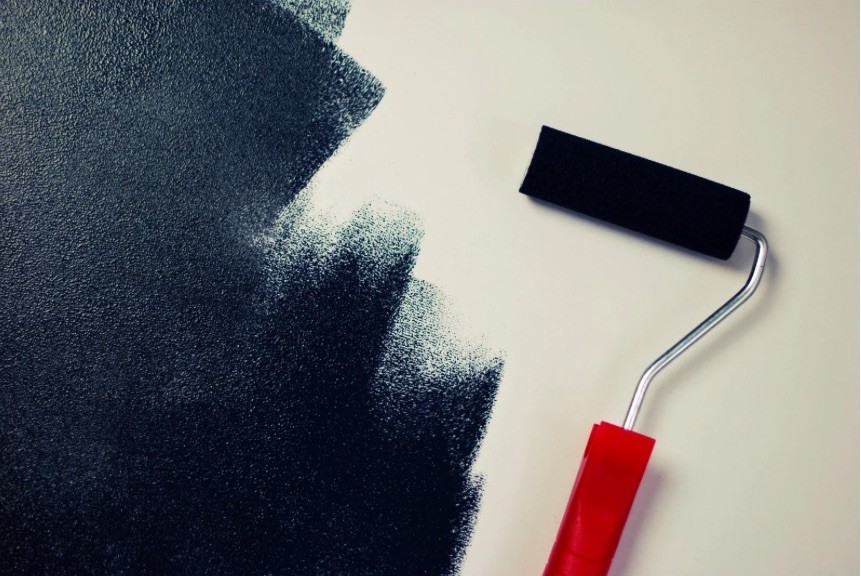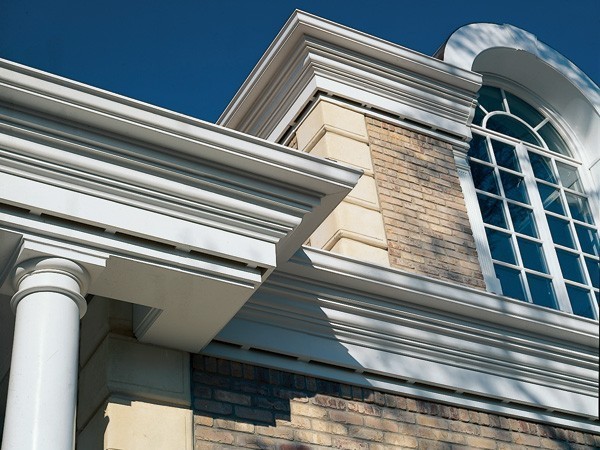Painting PVC: Should You or Shouldn’t You?
One of the biggest questions we get about PVC is, “can I paint it?”
The short answer, of course, is yes. It’s possible, but there are some slight restrictions and considerations to keep in mind.
The better question is: “should you?”
The truth is that not all PVC needs to be painted. Extruded Cellular PVC, for instance, is created in a way that the pores of the cellular PVC are not showing externally. They’re not designed to take paint since the sealed pores make it difficult for the paint to adhere to the material. Therefore the product comes with a natural white finish.
However, Milled Cellular PVC, on the other hand, is porous throughout, both internally and in some areas externally, when cut into profiles. As such, it is recommended to paint as a way to seal the exposed pores to ensure that dirt and grime do not accumulate or build up on the product over time.
The beauty in painting is that it allows you that extra room to be creative. It ensures a uniform look, and your colour options expand beyond the manufactured PVC white.
When it comes to painting, the choice of whether or not you should paint comes down to the type of PVC and the colour you want to present for your overall project.
The slight restrictions mentioned earlier, of course, only apply to the type of paint that you use. It needs to be an acrylic-based paint with UV Reflection additives, ensuring that the paint does not absorb heat, as that can lead to PVC warping over time. It is also best to consult the experts at your local paint supplier, as they can confirm which paints are best for exterior PVC.
